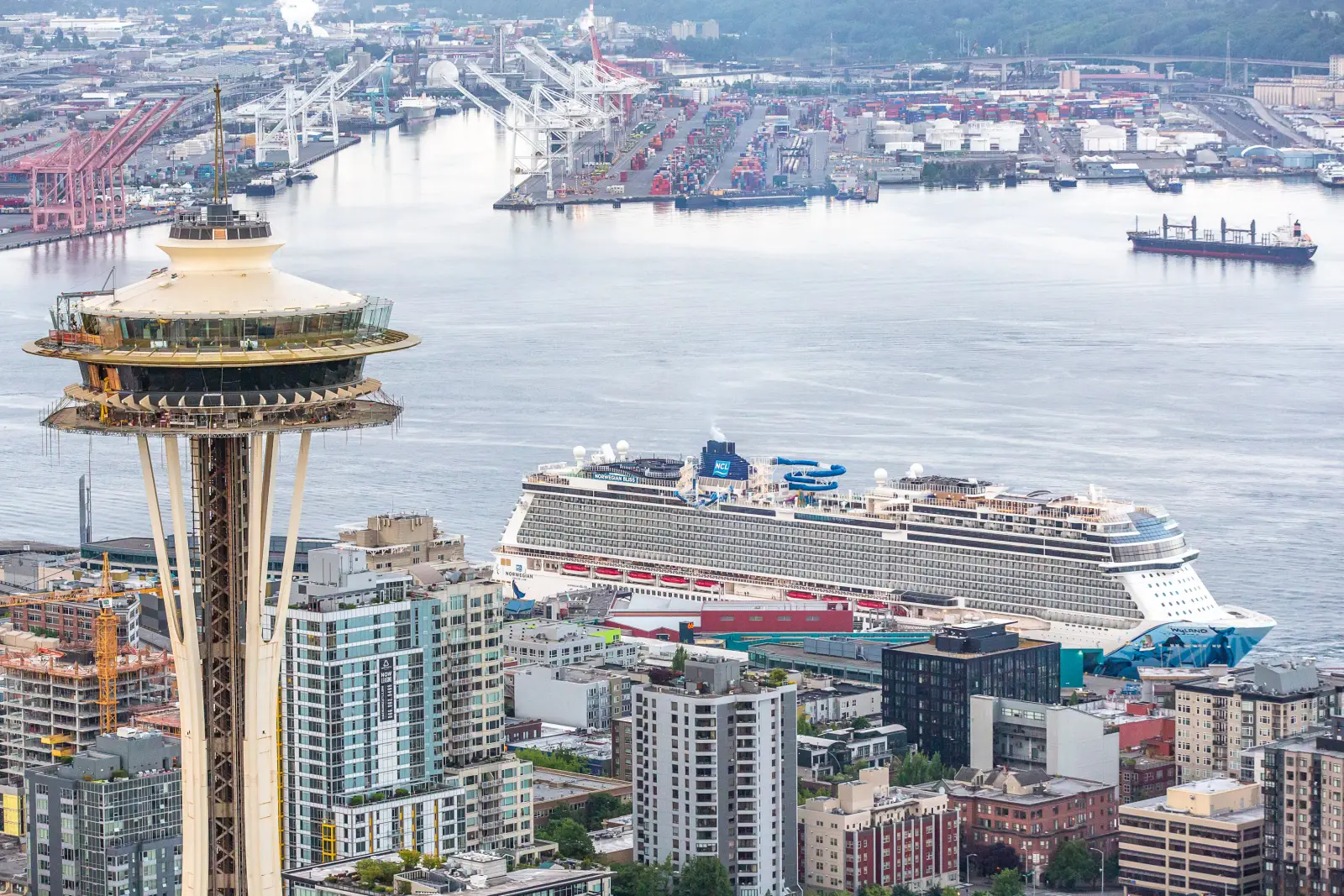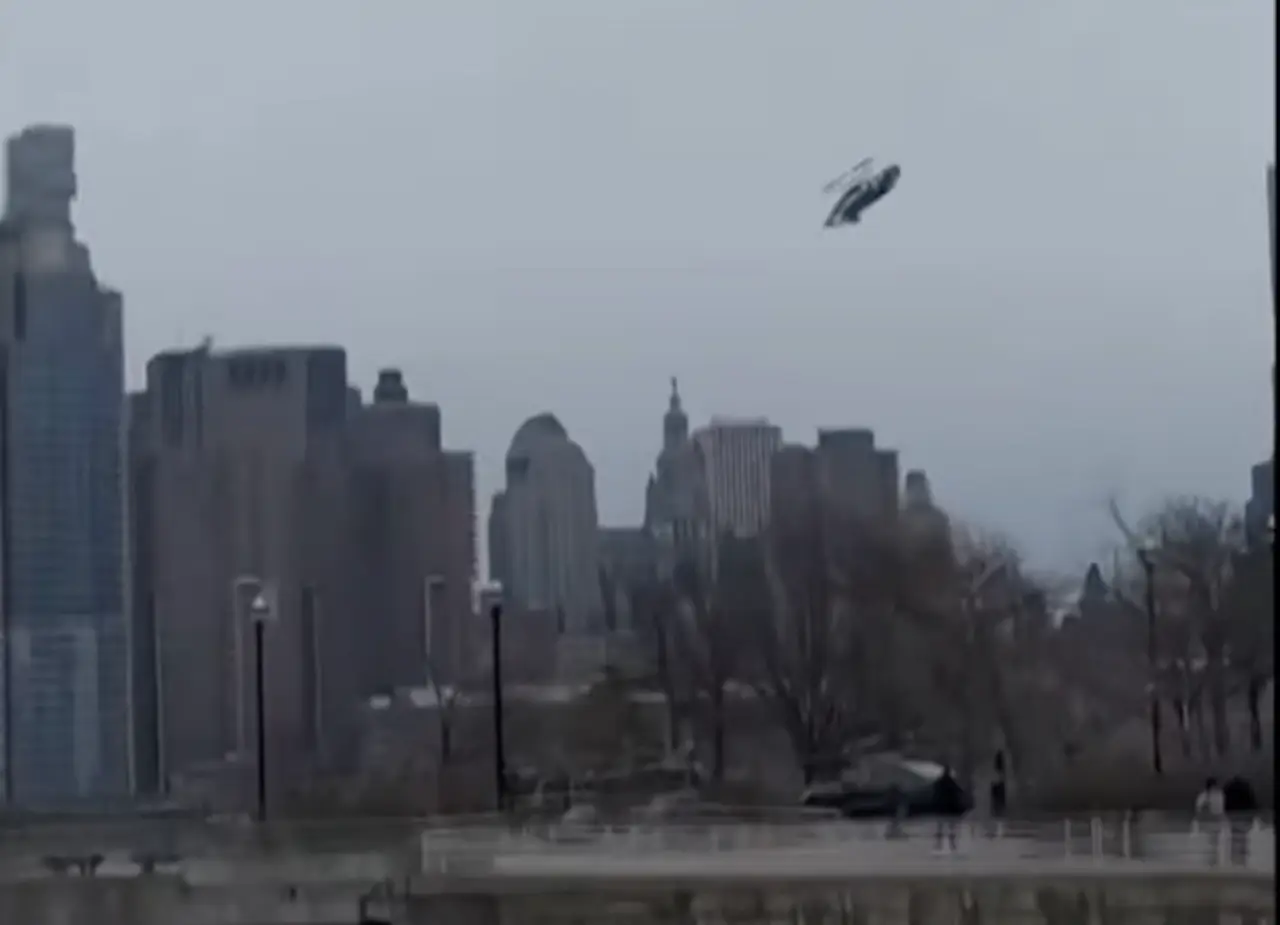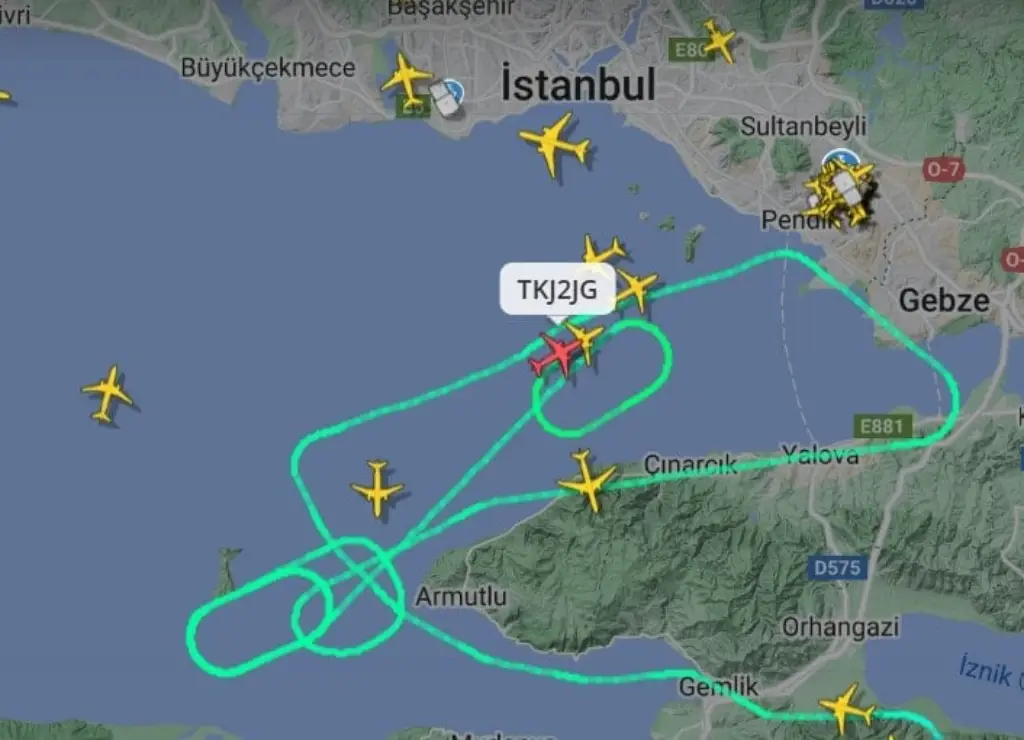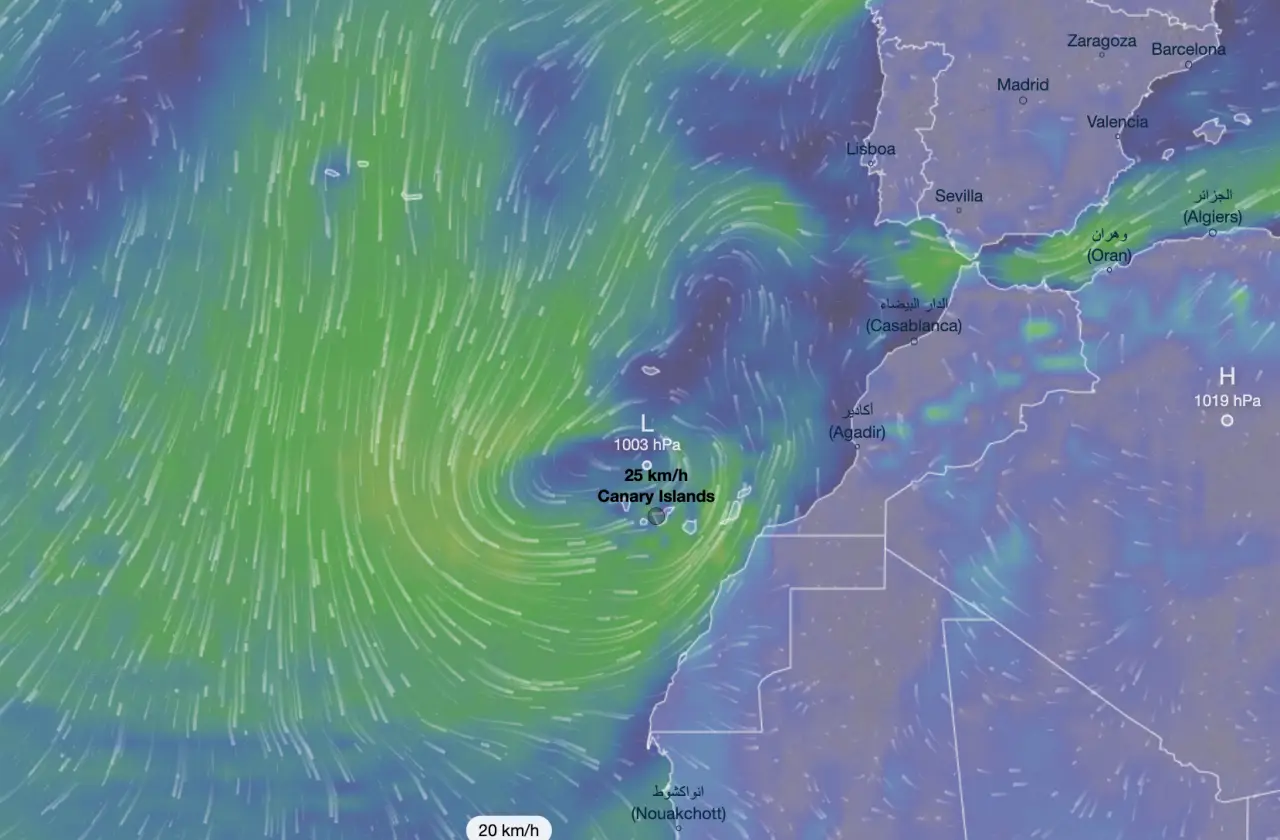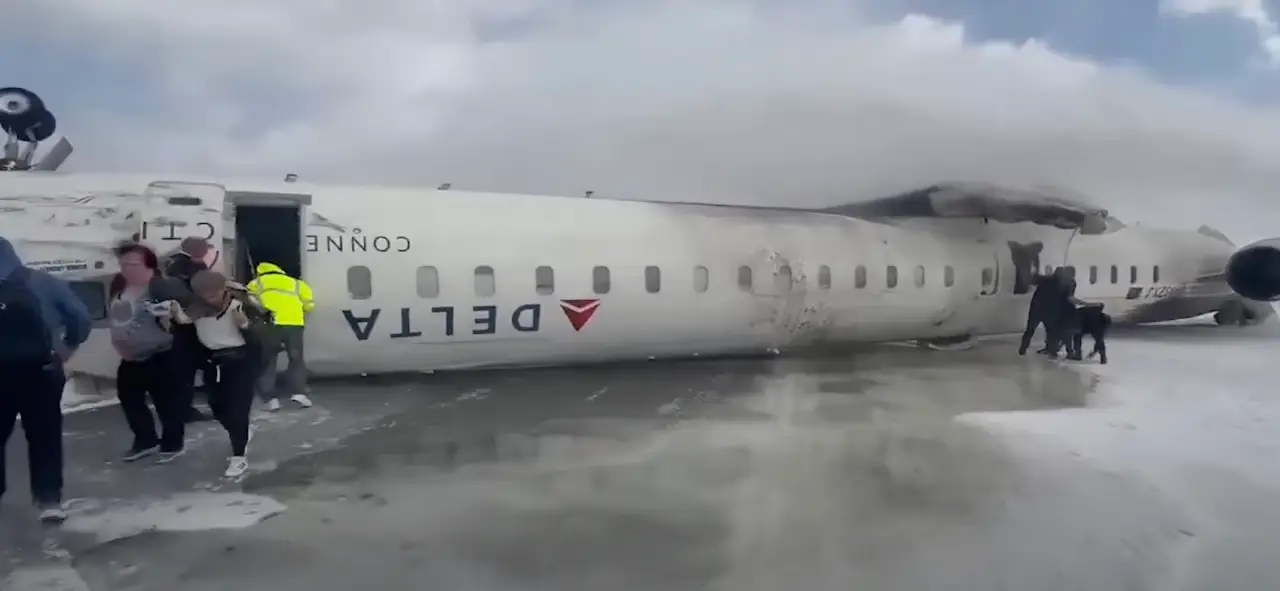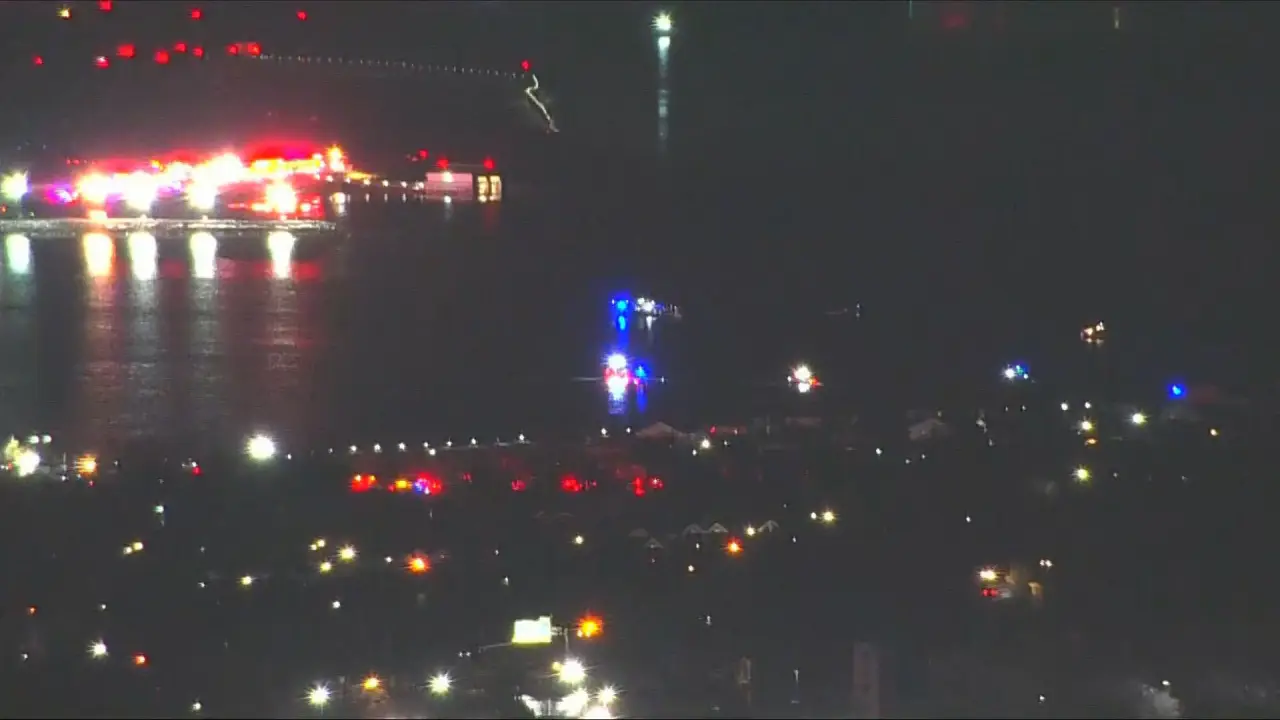A small plane crash in New York has marked the third U.S. air tragedy in just 48 hours, prompting fresh concerns over general aviation safety across the country. According to the Federal Aviation Administration (FAA), a twin-engine Mitsubishi MU-2B aircraft went down near the town of Copake on Saturday afternoon while en route to Columbia County Airport in Hudson, New York.
The crash occurred at approximately 12:15 p.m. local time, just 50 miles south of Albany and close to the Massachusetts border. The aircraft was carrying six people at the time of the incident. As of now, officials have not released any details regarding fatalities or the identities of those on board.
At that time, the weather in the area was mostly mild, with overcast skies and wind gusts up to 26 miles per hour, according to the National Weather Service.
What is clear, however, is that this crash adds to a disturbing weekend trend. Just hours before the Copake crash, another small plane went down in Florida, claiming the lives of three individuals. Additionally, a tragic helicopter accident killed a Spanish family earlier in the same 48-hour window. These back-to-back incidents have cast a shadow over what is otherwise a busy travel season.
Remote Site Hampers Response Efforts
In the case of the New York crash, snowy and muddy terrain around the accident site has reportedly complicated access and slowed emergency response operations. The location, in a rural stretch of Columbia County, remains cordoned off as investigators begin to piece together what went wrong.
Authorities, including the Columbia County Sheriff’s Office, have yet to comment publicly on the crash. However, Undersheriff Jacqueline Salvatore confirmed to local media that reaching the site had proven difficult due to weather and ground conditions.
“The area is very muddy, and it’s not easy to get to,” she reportedly said, emphasizing the challenges faced by search and rescue teams attempting to assess the damage and locate victims.
Weather conditions at the time of the crash have not been confirmed as a contributing factor, though further investigation by the FAA and the National Transportation Safety Board (NTSB) is expected to explore this and other possibilities, including mechanical failure and pilot error.
The Mitsubishi MU-2B, a high-performance turboprop aircraft, has a complex history. While widely used for its speed and utility, the aircraft has previously come under scrutiny due to its handling characteristics, especially among less experienced pilots. Its crash in Copake could reignite discussions around pilot training and certification for such aircraft.
Copake, a scenic town nestled in the Hudson Valley, is better known for its natural beauty and small-town charm than for tragedy. Locals expressed shock at the incident, and aviation experts are already calling for a broader review of flight safety protocols.
As families await news about their loved ones, the focus now shifts to recovery efforts and a deeper investigation into the events leading up to the crash. With three aviation accidents occurring across different U.S. states within just two days, safety advocates are pushing for answers—and possibly reform.
For now, both local residents and travelers across the country are left to grapple with an unsettling question: how could so many aircraft accidents happen in such a short time?



